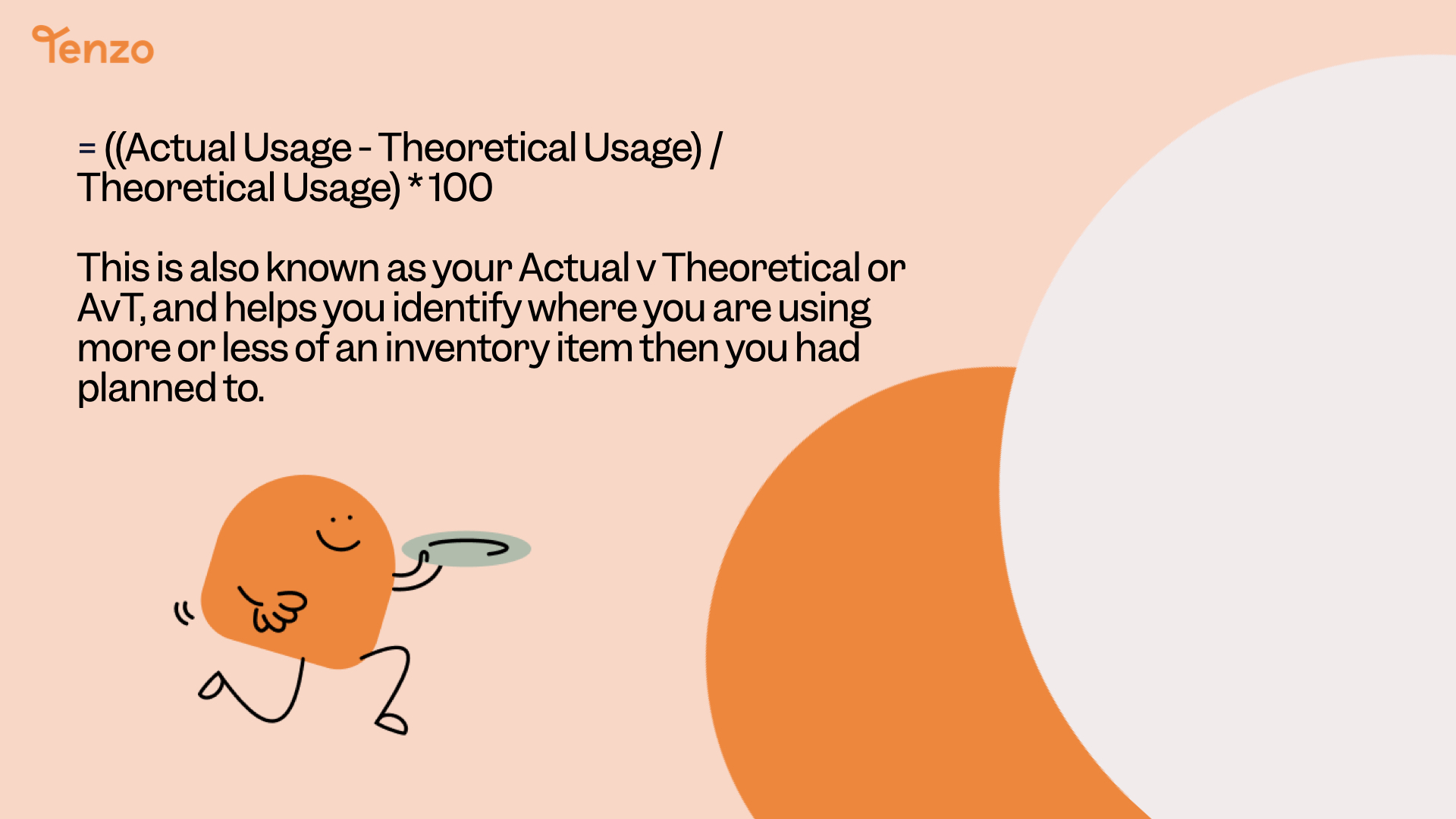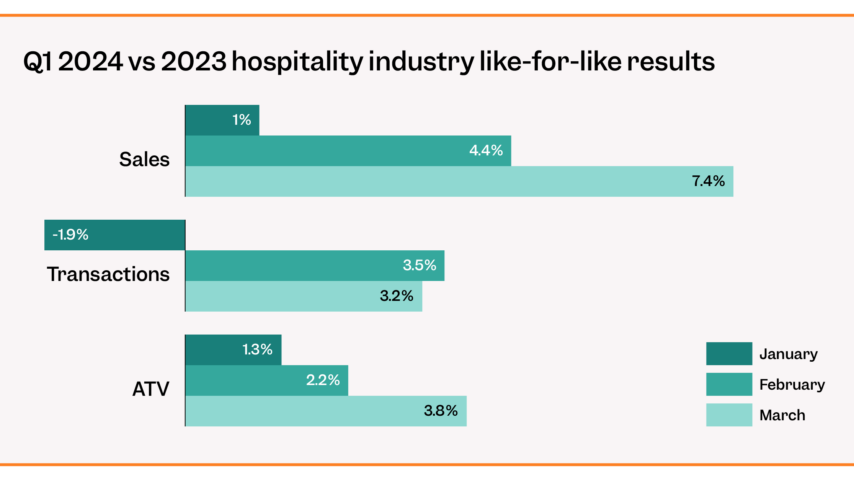To effectively manage your restaurant, it is crucial to understand and control your inventory variance.
In this article, we will explain what inventory variance is, how to calculate it and provide tips on how to improve it in your restaurant.
What is Inventory Variance?
Inventory variance refers to the difference between the actual inventory levels and the expected inventory levels in a restaurant. It is a measure of how much the actual inventory deviates from the ideal inventory and is a key metric in restaurant management as it helps you identify discrepancies, reduce waste, and improve profitability.
Factors such as theft, spoilage, inaccurate record-keeping, and over-ordering can contribute to inventory variance in a restaurant.
Analysing inventory variance can help restaurant managers identify areas of improvement, reduce costs, and optimise inventory management.
How to Calculate Inventory Variance
To calculate inventory variance in a restaurant, you can use the following formula:
= ((Actual Usage – Theoretical Usage) / Theoretical Usage) * 100
Start by determining the actual inventory levels by physically counting the items in stock.
Then, calculate the expected inventory levels by considering factors such as sales forecasts, historical data, and customer demand.
Subtract the expected inventory from the actual inventory to find the inventory variance.
A positive variance indicates that there is more inventory than expected, while a negative variance indicates a shortage.
How to Improve Inventory Variance
An optimum inventory variance would be 0, as this indicates that the amount of inventory used is correct for the amount of sales made during any time period.
To reduce inventory variance in a restaurant, there are several strategies and best practices that can be implemented.
It is crucial to use reliable inventory tracking systems that accurately record all incoming and outgoing inventory. This can help minimise errors and discrepancies.
Conducting frequent inventory audits can help identify and address variance issues in a timely manner and training restaurant staff on proper inventory management practices is also important to reduce variance.
Implementing sales forecasting software can help predict demand and optimise inventory levels, leading to a decrease in inventory variance.
Conclusion
In conclusion, understanding and managing inventory variance is crucial for restaurant operations.
By calculating inventory variance and identifying the reasons behind it, you can make informed decisions to improve your inventory management. This will help you reduce waste, control costs, and optimise your overall operations.





